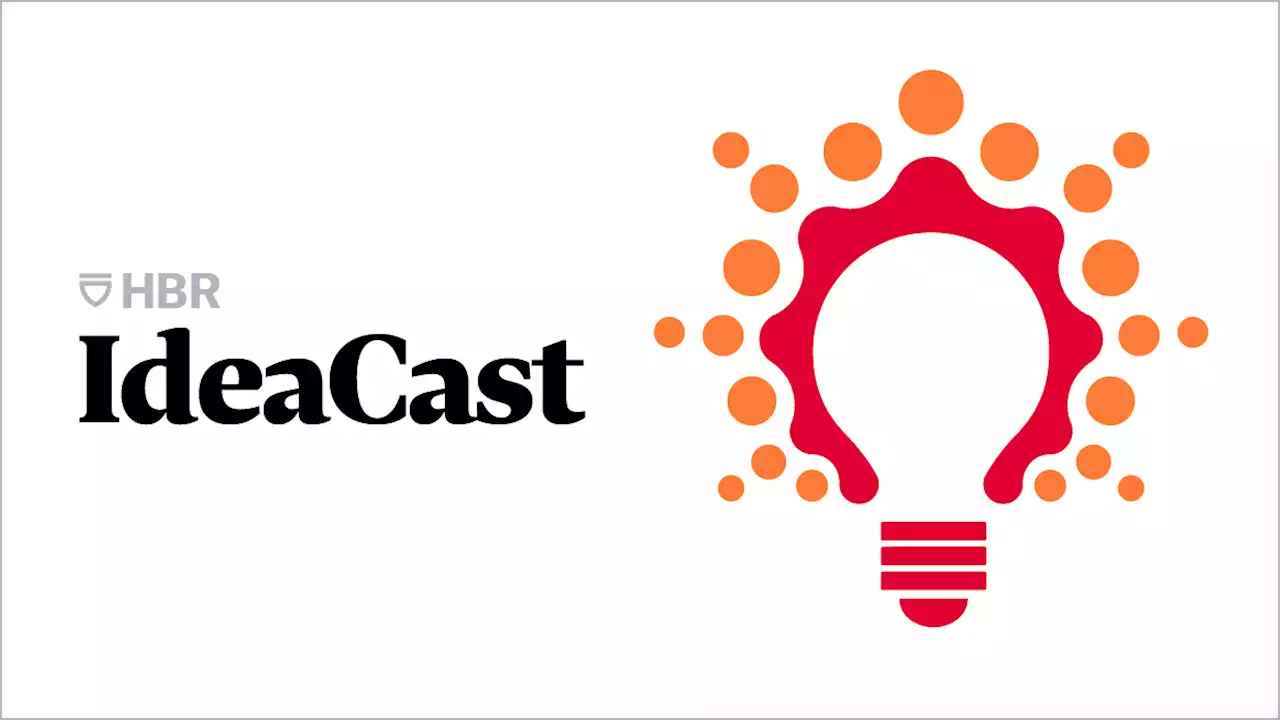A conversation with author Anne Morriss on two keys to organizational success.
When it comes to solving complicated problems, the default for many organizational leaders is to take their time to work through the issues at hand. Unfortunately, that often leads to patchwork solutions or problems not truly getting resolved. Instead,offers a different framework: to increase trust and transparency and the speed of execution to truly tackle big problems. Morriss is an entrepreneur, leadership coach, and founder of the Leadership Consortium.
ANNE MORRISS: Yeah. Well, the essential pattern that we observed was that the most effective change leaders out there were building trust and speed, and it didn’t seem to be a well-known observation. We all know the phrase, “Move fast and break things,” but the people who were really getting it right were moving fast and fixing things, and that was really our jumping off point. So when we dug into the pattern, what we observed was they were building trust first and then speed.
ANNE MORRISS: Yeah, well, I’ll clarify. It’s not that you have to break it in order to build it. It’s just that we all do it some of the time. Most of us are trusted most of the time. Most of your listeners I imagine are trusted most of the time, but all of us have a pattern where we break trust or where we don’t build as much as could be possible.
Only then do you get to go fast, but that’s an essential part of the process, and we find that either people under emphasize it or speed has gotten a bad name in this world of moving fast and breaking things. And part of our mission for sure was to rehabilitate speed’s reputation because it is an essential part of the change leader’s equation. It can be the difference between good intentions and getting anything done at all.
ANNE MORRISS: Yeah. Well, we’re playful in the book and talking about the idea that many problems can be solved in a week. We set the book up five chapters. They’re titled Monday, Tuesday, Wednesday, Thursday, Friday, and we’re definitely having fun with that. And yet, if you count the hours in a week, there are a lot of them. Many of our problems, if you were to spend a focused 40 hours of effort on a problem, you’re going to get pretty far.
And so we want to invite you to start in a very humble and curious place, which tends not to be our default mode when we’re showing up for work. We convince ourselves that we’re being paid for our judgment. That’s exactly what gets reinforced everywhere. And so we tend to counterintuitively, given what we just talked about, we tend to move too quickly through the diagnostic phase.ANNE MORRISS: Exactly. “I know what to do. That’s why you hired me. I’ve seen this before. I have a plan. Follow me.
ANNE MORRISS: Yeah. Well, we sometimes encourage people to do a little bit of data gathering before those conversations. So the power of a quick anonymous survey around whatever problem you’re solving, but also be really thoughtful about the questions you’re going to ask in the moment. So a little bit of preparation can go a long way and a little bit of thoughtfulness about the power dynamic.
CURT NICKISCH: I wonder if there’s an organization that you’ve worked with that you could talk about how this rolled out and how this took shape? ANNE MORRISS: So in our process, again, it’s the days of the week. On Monday you figured out the problem. Tuesday you really got into the sandbox in figuring out what a good enough plan is for building trust. Wednesday, step three, you made it better. You created an even better plan, bringing in new perspectives. Thursday, this fourth step is the day we’re saying you got to go get buy-in. You got to bring other people along.
ANNE MORRISS: Yeah, and the value. Sometimes honoring the past is also owning what didn’t work or what wasn’t working for stakeholders or segments of the employee team, and we see that around culture change. Sometimes you’ve got to acknowledge that it was not an equitable environment, but whatever the worker, everyone in that room is bringing that pass with them. So again, making it discussable and using it as the jumping off place is where we advise people to start.
ANNE MORRISS: Yeah. Friday is the fun day. Friday’s the release of energy into the system. Again, you’ve now earned the right to go fast. You have a plan, you’re pretty confident it’s going to work. You’ve told the story of change the organization, and now you get to sprint. So this is about really executing with urgency, and it’s about a lot of the tactics of speed is where we focus in the book.
CURT NICKISCH: Moving fast is something that entrepreneurs and tech companies certainly understand, but there’s also this awareness that with big companies, the bigger the organization, the harder it is to turn the aircraft carrier around, right? Is speed relative when you get at those levels, or do you think this is something that any company should be able to apply equally?
CURT NICKISCH: I wonder if that universal truth, that a body in motion stays in motion applies to organizations, right? If an organization in motion stays in motion, there is something to that.CURT NICKISCH: Do you have a favorite client story to share, just where you saw speed just become a bit of a flywheel or just a positive reinforcement loop for more positive change at the organization?
Malaysia Latest News, Malaysia Headlines
Similar News:You can also read news stories similar to this one that we have collected from other news sources.
 Mortal Kombat 1: Every Invasion Klue (& How to Solve Them)The single-player Invasion mode of Mortal Kombat 1 has several rewards you can get for solving every Klue scattered around various mesa world maps.
Mortal Kombat 1: Every Invasion Klue (& How to Solve Them)The single-player Invasion mode of Mortal Kombat 1 has several rewards you can get for solving every Klue scattered around various mesa world maps.
Read more »
 Baldur’s Gate 3: How to Solve The Sorcerous Vault & Peculiar Lamp PuzzlesBe careful messing with a wizard's artifacts!
Baldur’s Gate 3: How to Solve The Sorcerous Vault & Peculiar Lamp PuzzlesBe careful messing with a wizard's artifacts!
Read more »
 JonBenet Ramsey's father has 'hope' new leadership will help solve daughter's murderJohn Ramsey, father of JonBenet Ramsey, says he is hopeful that new law enforcement leadership at the Boulder Police Department will help bring answers to his family.
JonBenet Ramsey's father has 'hope' new leadership will help solve daughter's murderJohn Ramsey, father of JonBenet Ramsey, says he is hopeful that new law enforcement leadership at the Boulder Police Department will help bring answers to his family.
Read more »
 Handing out Narcan won’t solve our drug crisis — here’s what can“Narcan has to be everywhere,” New York City Health Commissioner Ashwin Vasan announced last week.
Handing out Narcan won’t solve our drug crisis — here’s what can“Narcan has to be everywhere,” New York City Health Commissioner Ashwin Vasan announced last week.
Read more »
 Here’s an idea to solve the college debt crisis: Student Loan BondsPoliticians should approach solutions to the student debt crisis as they've approached economic crises in the past, when fixing problems was more important than scoring points.
Here’s an idea to solve the college debt crisis: Student Loan BondsPoliticians should approach solutions to the student debt crisis as they've approached economic crises in the past, when fixing problems was more important than scoring points.
Read more »
 Burnout Is Tough—When You’re Dealing with Intersectional Burnout, It Can Be Even TougherBurnout is difficult enough to handle, but being neurodivergent and dealing with intersectional can make its effects especially acute. Learn from psychiatrist Dr. Sasha Hamdani about how she deals with intersectional burnout and approaches self-care.
Burnout Is Tough—When You’re Dealing with Intersectional Burnout, It Can Be Even TougherBurnout is difficult enough to handle, but being neurodivergent and dealing with intersectional can make its effects especially acute. Learn from psychiatrist Dr. Sasha Hamdani about how she deals with intersectional burnout and approaches self-care.
Read more »
